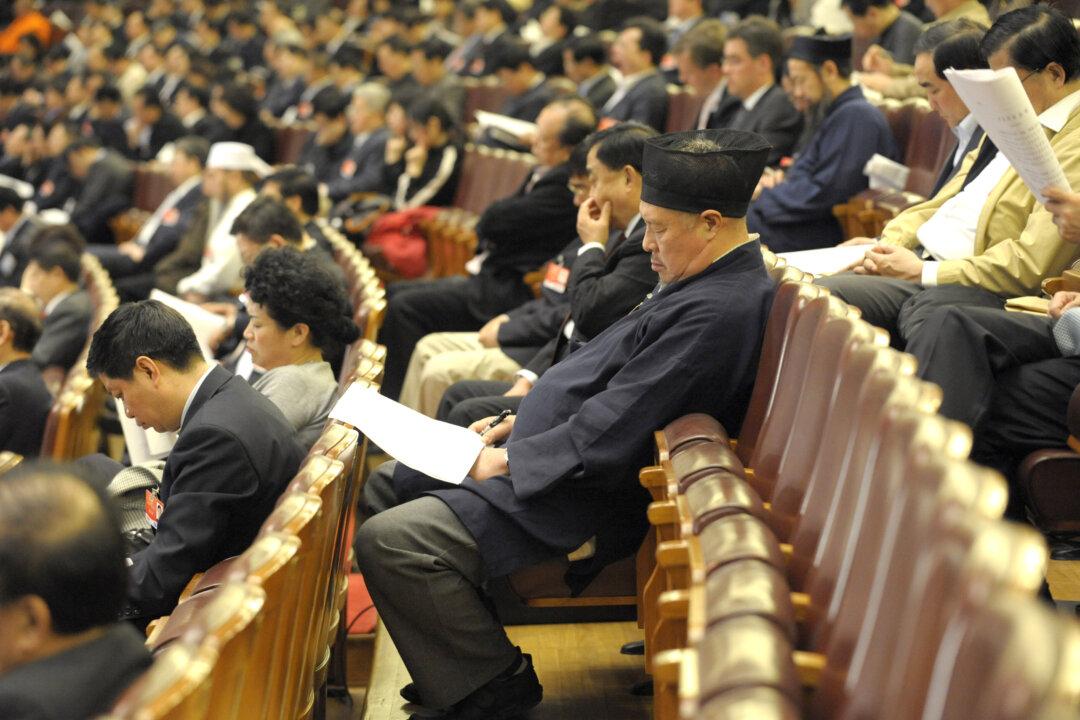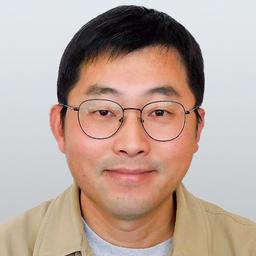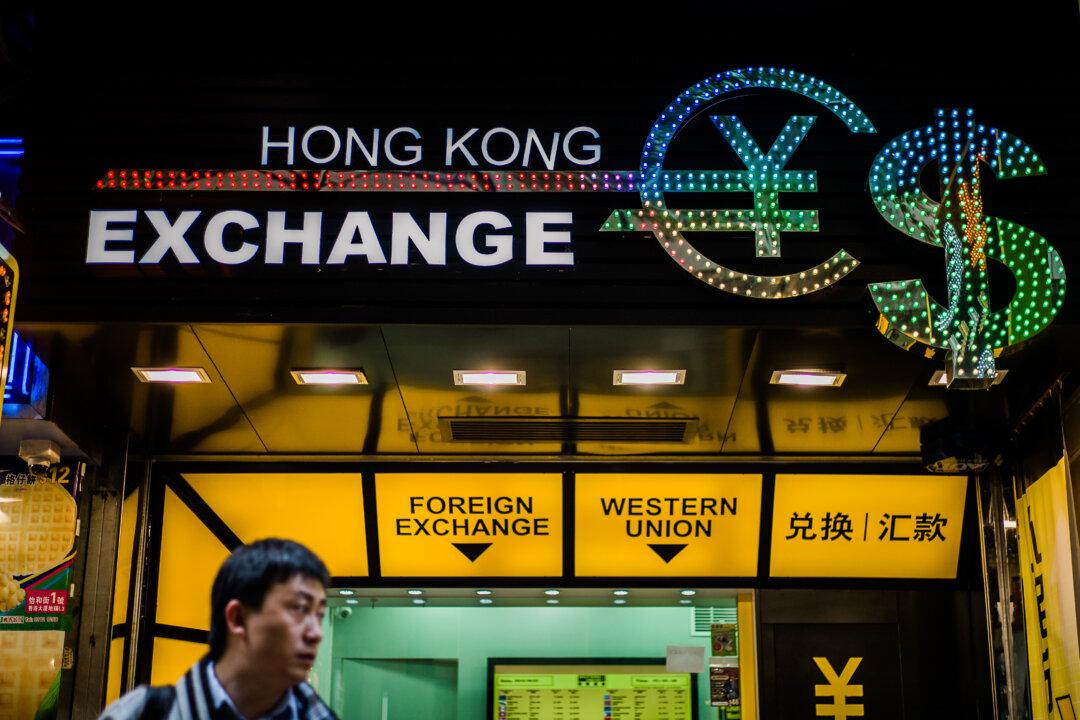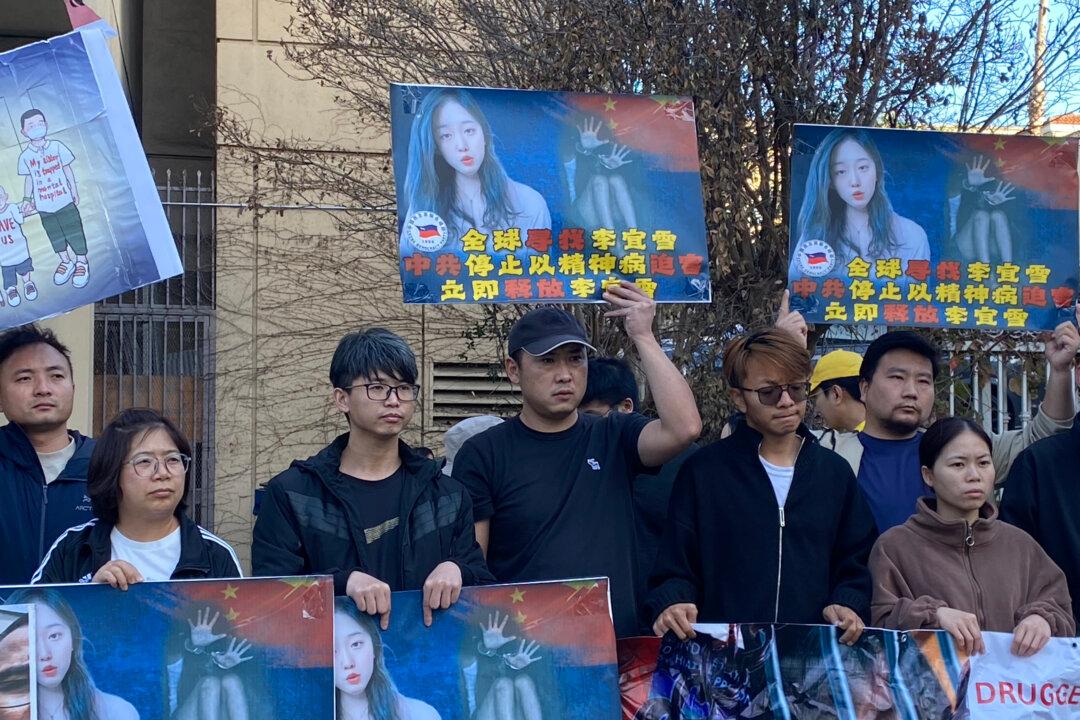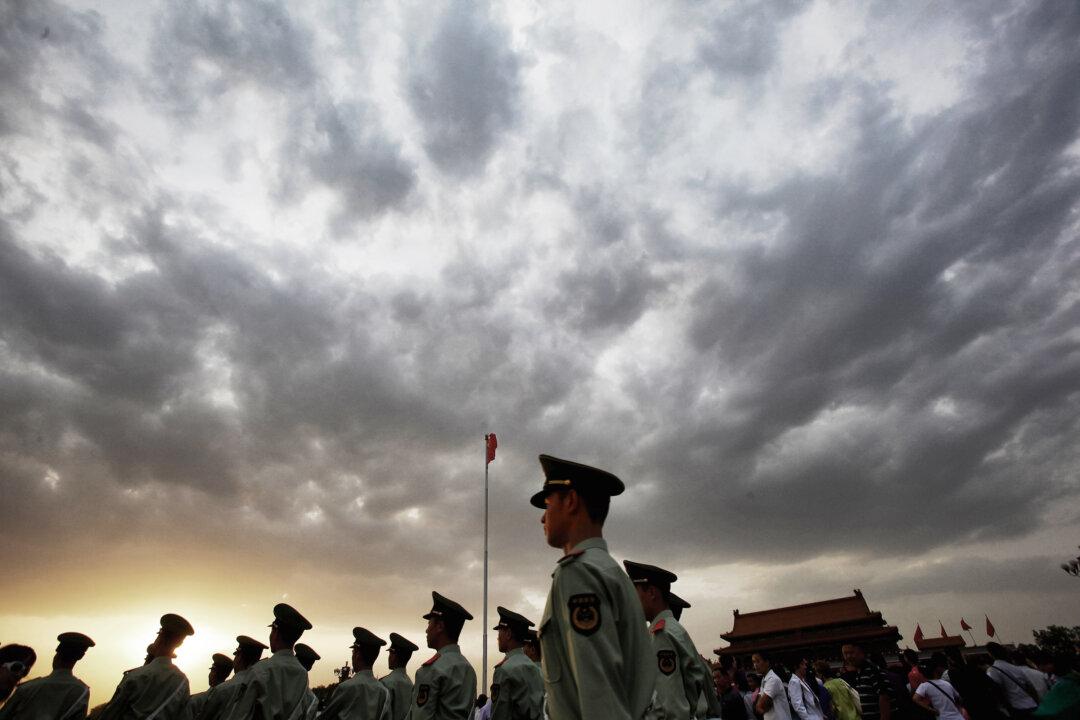Commentary
Beijing initiated the World Federation of Taoism (WFT) in the name of international religious exchange, identifying itself as a proxy of China’s only indigenous religion. The move would be another united front tool of the Chinese Communist Party (CCP) to export communist ideology to the rest of the world, following the Confucius Institute.
